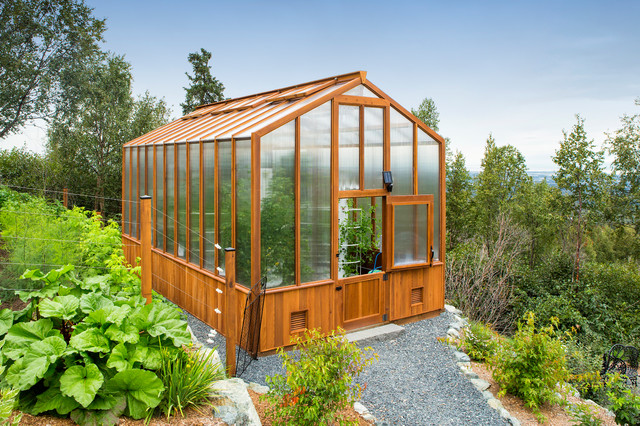
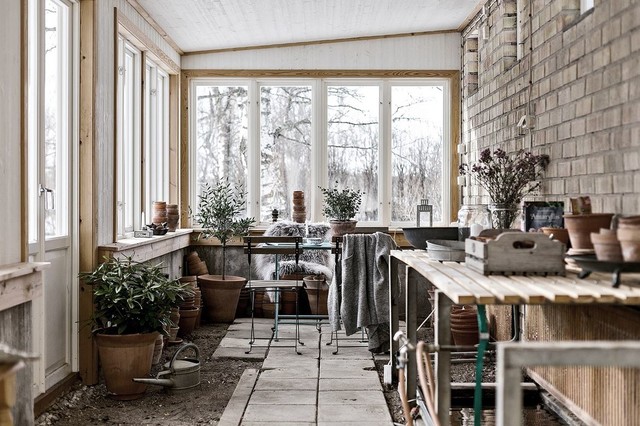
1. A mix of pots. Having pots in a range of sizes readily available will let you do everything from seed-starting to growing specimen plants. Begin with a collection of small pots, whether plastic or biodegradable, for starting plants early in the gardening season or encouraging seedlings.
Add a mix of larger sizes as well, so you can transplant seedlings as needed and continue to add plants to your collection. A few larger pots will let you use your greenhouse to protect tender plants that may get large but won’t do as well outside.
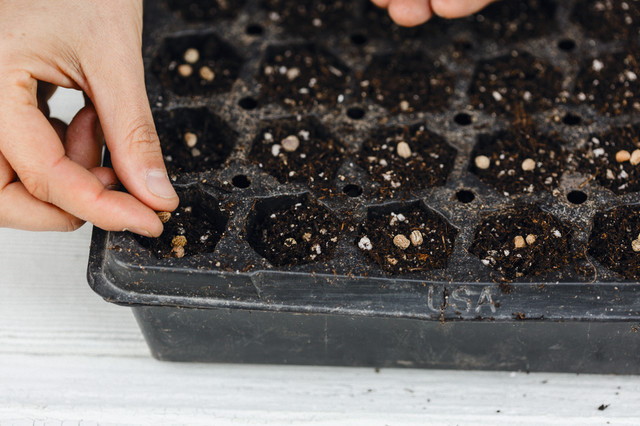


4. Garden tools. Have a set of hand tools — such as a pruner, scissors, a small trowel, small stakes, string, a dibble or unsharpened pencil and a small paintbrush or pot brush — readily available to make it easy to get to work. Store them in a terra-cotta pot and throw in a set of thin gardening gloves as well.
5. Labels and markers. Keep a stash of plant markers, a permanent marking pen and a sharpened pencil nearby to label plants and trays.
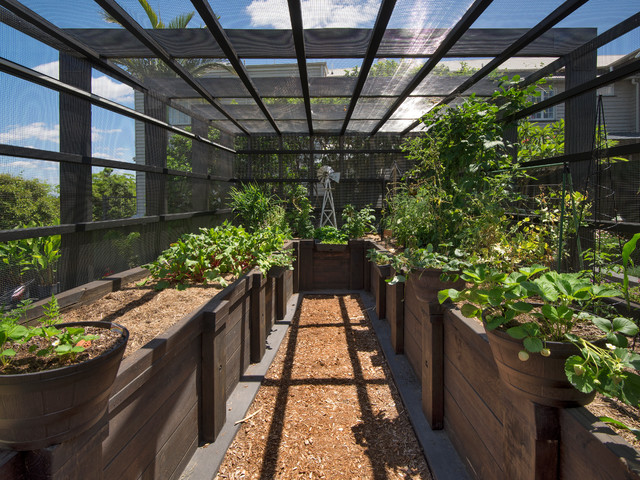
6. Sprays. Keep on top of possible problems by keeping your favorite disinfectant mix and natural pest spray nearby as well.
Note: Keep in mind that many insects are beneficial to a healthy garden
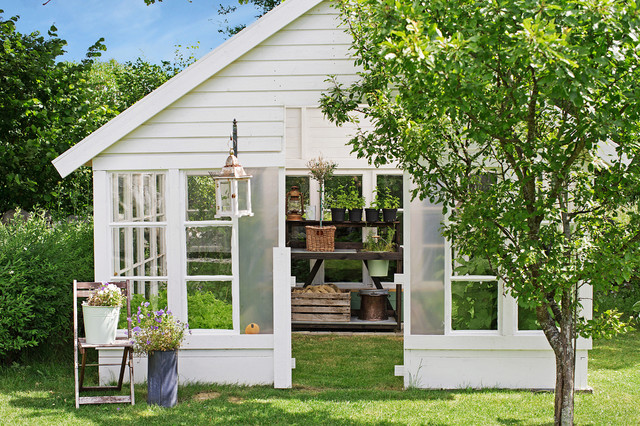
7. Benches and shelves. You can put your pots on the floor, and you will have to with the largest plants, but having them on a counter-level surface will make it easier to take care of your plantings.
Many greenhouse manufacturers have ready-made shelves that are designed to work with their products. You can also work with a pro to build your own from materials you have around your home or that are available at home supply centers. Having a non-solid top will allow water to drain easily away from the plants.
If you’re working with plants, table or counter height is ideal. You can also mount narrower shelves higher up to keep lighter objects, such as tools, labels, markers and sprays, out of the way of the plants. Lower shelves are ideal for holding heavier objects such as soil mixes and storing larger pots and trays.

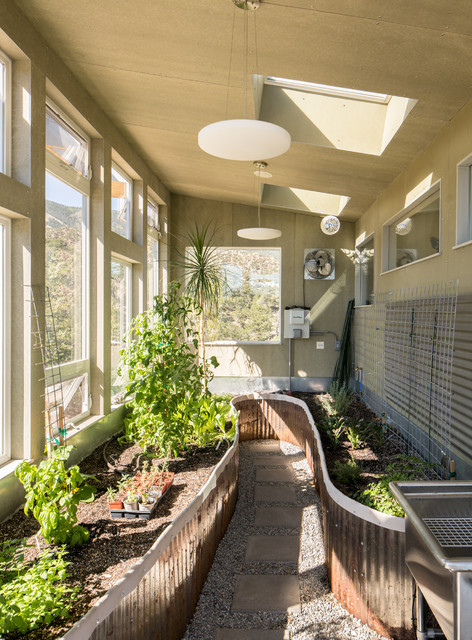
9. Ventilation. No matter what your outdoor climate, your greenhouse can get too hot and too humid. Be sure you have a way to cool off the interior. It might be as simple as opening up the doors, but many greenhouses come with ceiling vents as well.
Look for hydraulic systems for these, which are easy to install and will open and shut automatically. If you have an easy way to access electricity, consider adding a fan as well.

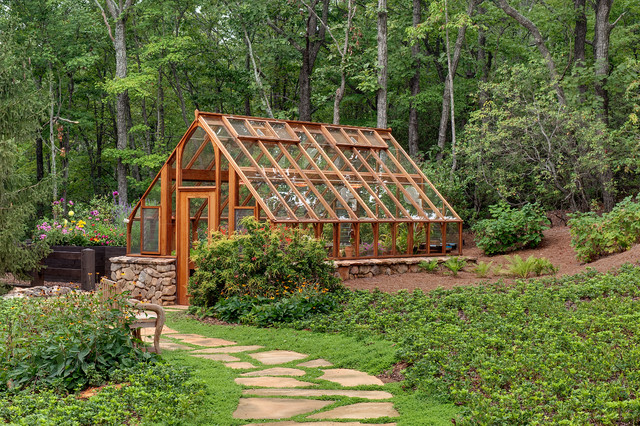
Beyond the Basics
Your greenhouse can be as elaborate as you want, including turning it into a garden room. But, if you just want to move beyond the basics, here are some ways to start.
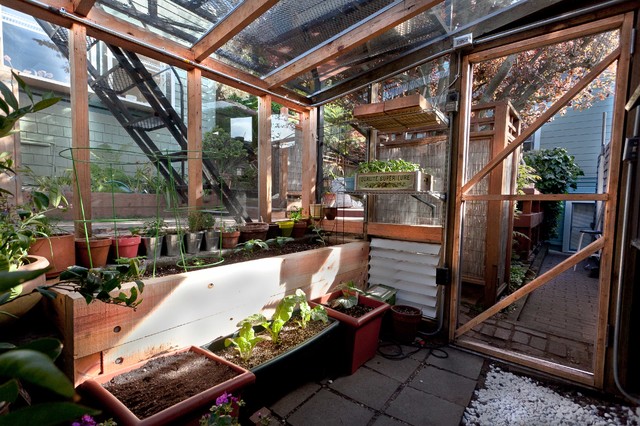
Upgrade the flooring. A dirt floor is an easy-care option, but you can also add pavers, which can provide added stability for benches, or gravel to keep it from getting muddy. Lay down landscape cloth first to help keep weeds at bay.
Include a sink. Having a sink nearby is a plus when it’s time to plant or transplant. A dry sink will give you a space to work, but you can also put in a full wet sink if you want to add plumbing.
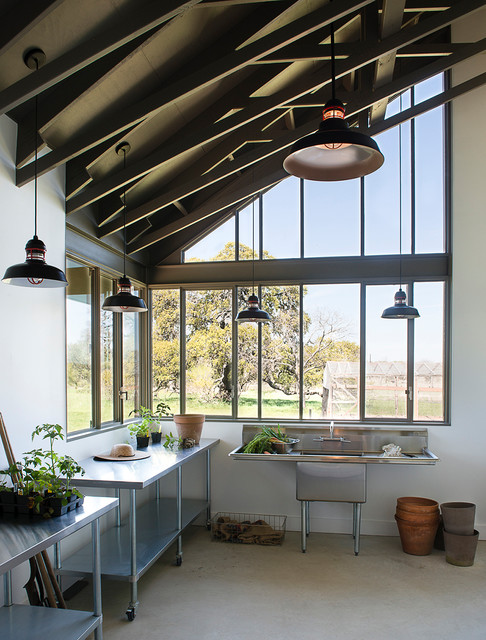
Add some heat. Consider adding a small space heater or other heat source to keep things a bit warmer, especially in cold-winter climates. You can find ones designed specifically for greenhouses or use a commercially available indoor-outdoor one.
Add lighting. If you have access to electricity, consider adding some lights inside the space. Not only will it allow you to work later during the fall through spring months, it will also create a cheerful glow from inside the space.
The dream of a greenhouse is hard to deny, with rows of healthy plants growing happily together indoors. But once you have the structure in place, what’s next? Below is a list of some basics to get you started, as well as some suggestions for other items you may want to add. Luckily, you probably already have many of these items. All you need to do is put them in place. (cited)

The Basics
The greenhouse provides the warmth and light. You need to provide the plants, something to grow them in, a place to put them and enough water, and you have to manage the temperature. Listed below are some basics to get you started.